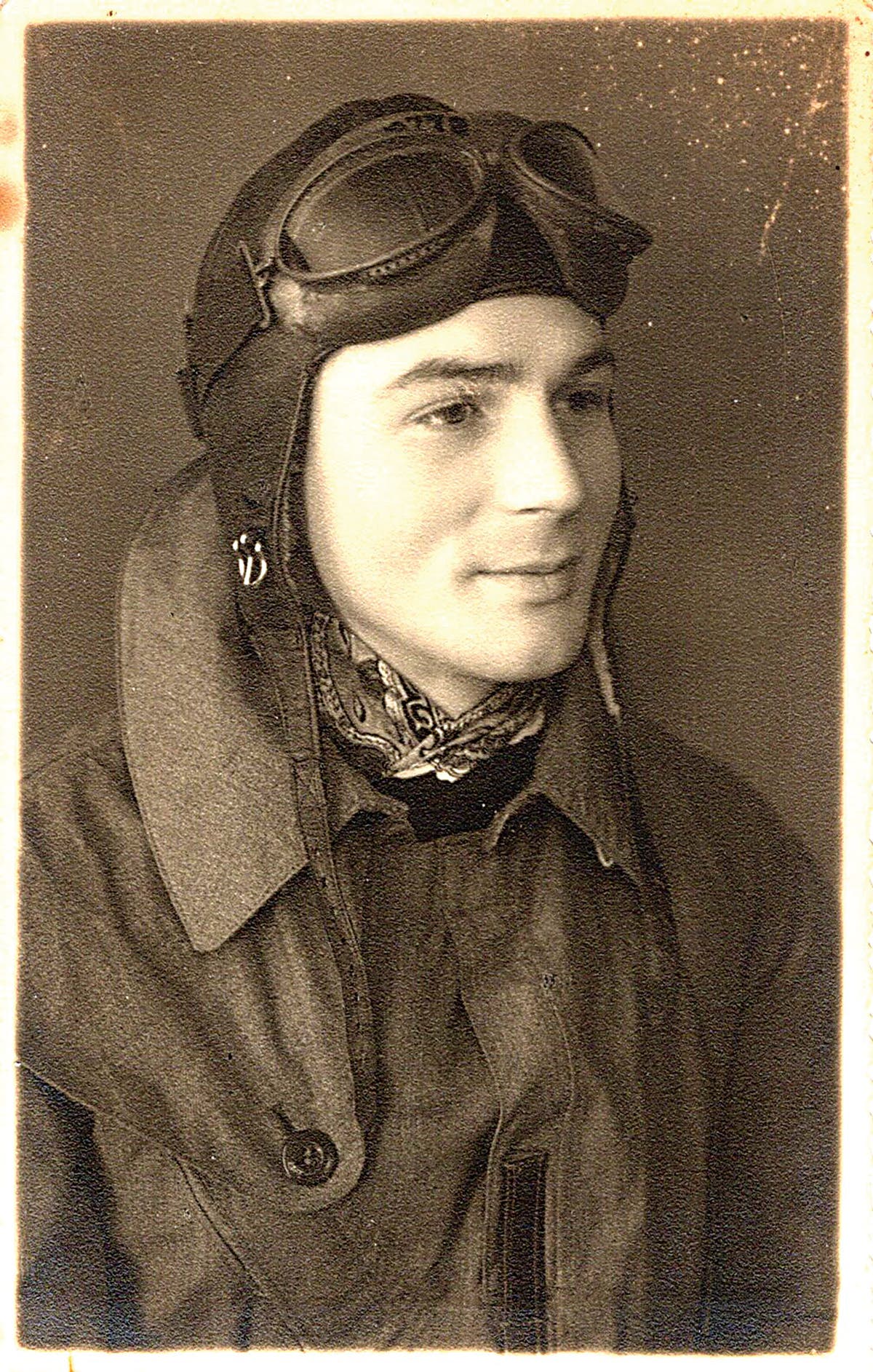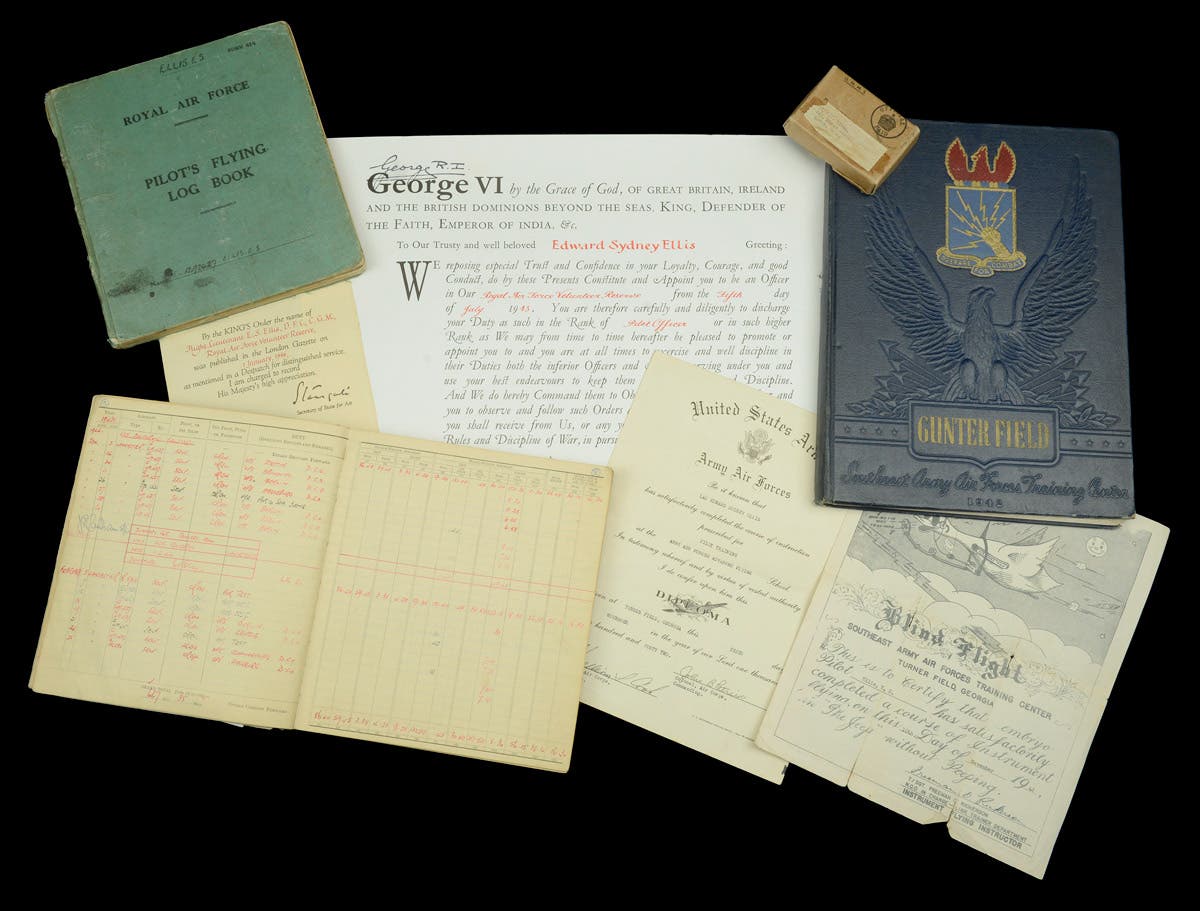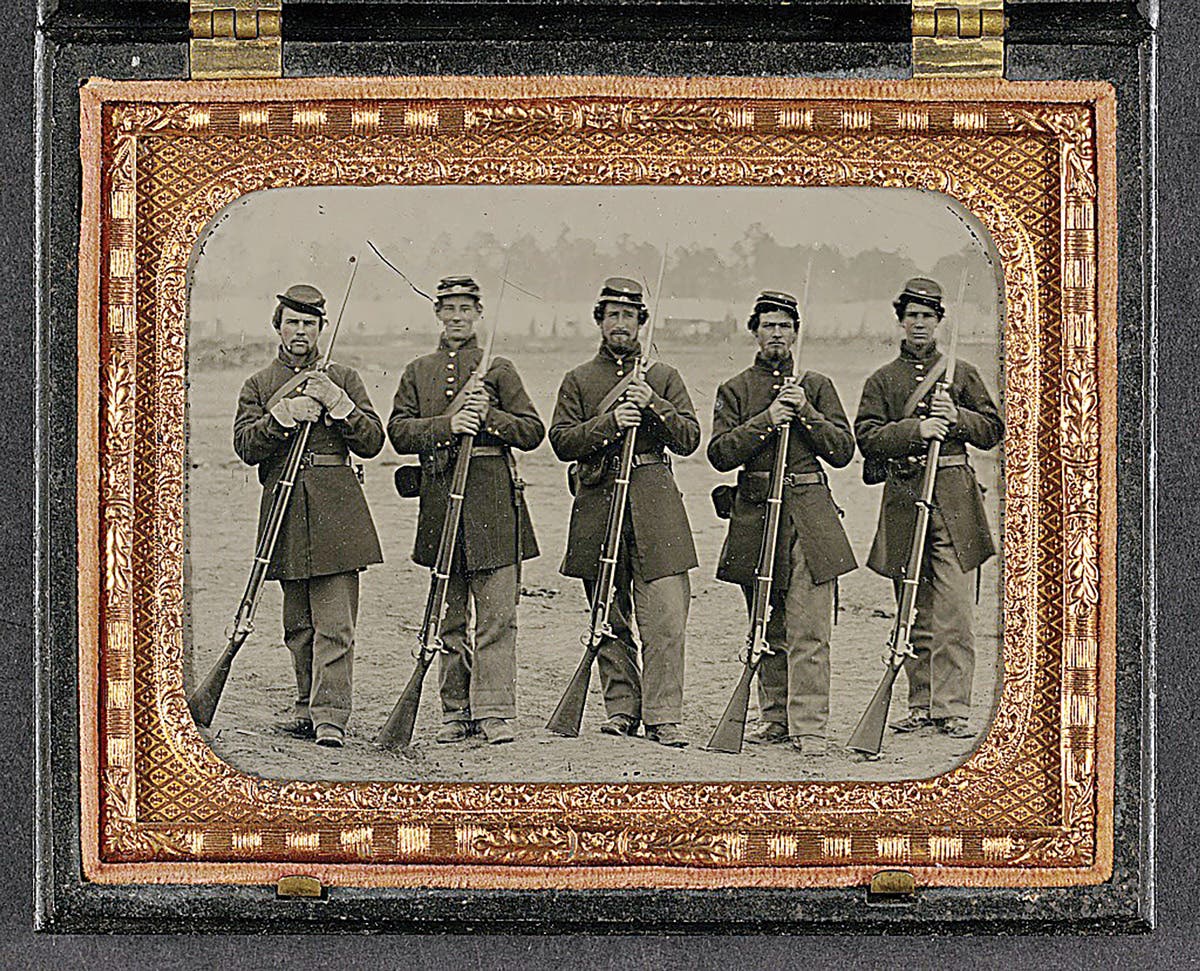Favorite Find: Four WWII MP38/40s
Back in the days before strict firearms laws, surplus sales of WWII weapons and accessories were commonplace. Gordon J. Gee shares his story of buying German WW2 MP38/40 “Schmeisers”
Several years after I was discharged from the U.S. Navy in mid-1946, I was checking out the sale items in an early 1950 issue of Shotgun News. One item caught my attention:
"For Sale: German MP40 Machine Gun.
Deactivated. $75 plus postage"
As early as 1945, I had viewed an MP40 It was part of a display of trophies in Bremerton, Washington. More from curiosity than anything else, I ordered one of the surplus MP40s.
When it arrived at my home in Superior, Wisconsin, I was surprised. It had a phenolic resin (an early plastic) pair pistol grips and fore grip. No wood grips at all.
The MP40 machine pistol turned out to be well-worth the high-dollar I paid for it. The gun had previously been deactivated, both inside the breech and under the barrel collar nut. Stamped on top of the buffer bell housing was the serial number and “FXO” (by Hoenel). The numbers matched throughout.
From a different source, I ordered three additionalMP38/40 magazines at $2.00 each and a KAR 98 rifle-type leather sling, marked “MP40” priced at $5.00 — all plus postage. Another high-dollar expense!
The chance of acquiring an active (as is) automatic weapon before the 1968 amnesty was very good. However, a considerable number had already been weld-deactivated by the mid 1960s.
Years before, during the 1920s through the 1930s, prohibition had muddied the easy acquisition picture up to and including 1968.
A case in point could be: A live 1921 Thompson submachine gun could be purchased at many hardware stores. However, the 1968 Amnesty registration stopped unregistered machine gun sales cold.
All “Dewats” ($10 registration fee) and live machine guns ($200 registration fee) had to be registered by 1968. No exceptions! More than a few live or Dewat automatic weapons were sold unrecorded before 1968.
I was so intrigued with the FXO. I purchased three more MP40s, all DWAT, from various publications during the late 1950s. Two were BNZ by Steyr and a third an AYF by Erma. They ranged in price from $50-$125. One BNZ had its resting bar missing. (The bars were aluminum throughout production of the MP38. A few very late MP38s and throughout the production MP40s had mostly phenolic resin bars while very late MP40 production guns had ribbed tin). I carved a resting bar out of hardwood. After only five attempts, the fifth bar fit perfectly.
The second BNZ was a minor disaster. It showed considerable use and was missing the telescopic, three-piece recoil spring unit and the lock-type actuator.
The AYF, however, would be of serious interest to collectors today. It was a hybrid mixture of both MP38 and MP40 parts. Although the AYF was previously registered before 1968 as a MP40, the following MP38 parts were noticed (even as far back as the late 1950s): The rear sling trench area was very flat and the barrel cap did not have a groove in the middle. There were probably other MP38 parts on the AYF as well, though I don’t remember. It also had an interesting set of mixed numbers and factory stamps. It would be a more interesting hybrid if it had a MP38 grooved chamber housing as well.
Unfortunately, years later, I sold both the hybrid AYF and the battered old BNZ. However, I still have the FXO and two other BNZ MP40s pictured in this article. Back in the mid-1960s, it was strongly suggested to me that I register all of my machine guns, which I promptly did.thus avoiding confiscation, perhaps a fine, or prosecution.
NEW OLD STOCK (“N.O.S.”)
Back in the mid-1950s, European Arms Co. advertised in a Shotgun News:
German Submachine Gun Magazine Pouches. $5.00 each plus postage.
They were probably part of an early post-WWII European warehouse discovery. I decided the pouches would make an impressive background for my WWII arms display at military and gun shows. I ordered two pair of the olive green Wehrmacht pouches and one pair light tan Afrikakorps pouches. The total cost was a stiff $35.00.
I did not order a pair of blue Luftwaffe pouches simply because I was not aware they even existed. Thirty years later in 1980, I attended a Minneapolis, Minnesota, military show. I noticed several blue N.O.S. blue pouches for sale for $400 for each pouch. By the year 2000, a single N.O.S. pouch would reach an unbelievable price of $800 each!
A German soldier wore a pair of MP38/40 magazine pouches on their leather belt, slanted toward each other. This supposedly permitted fast and easy access to the six 32-round 9mm magazines. The complete ensemble was supported by a pair of leather or fiber shoulders straps, hooked to a pair of ‘D’ rings. My five mixed service original pouches are all matched (press stenciled) the same on the reverse sides, except for the year and date of issue.
Only the Afrikakorps loader pouches had three very short black or brown leather access supports. They are similar in miniature to the three 5-1/2” leather magazine pouch straps. In contrast, both the Luftwaffe and Wehrmacht loader pouches have only a single leather, quarter-size washer sewn under a single hold down button. Could the tool be easily lost?
The MP38/40 Magazine Stuffer
A word or two concerning the joys of hand loading vs. tool loading MP38/40 magazines: Patience, lots of time, and a pirate’s vocabulary are needed to help press individual 9mm cartridges into a 32-round magazine. Therefore, it is almost mandatory to enlist the help of a magazine tool. It was usually carried inside a pocket sewn on to the soldier’s left side magazine pouch.
During the late 1950s, I traded a severely damaged M35 steel helmet for an original loading tool. At this time, an original MP38/40 loading tool would probably cost between $5 and $10.
More than 40 years later, a functional original tool could cost between $500 and $1000 — if you can find one. My original tool is marked, “ghn / (Eagle imprint) / WaA61/ MP38u40.
There are probably other German, Austrian etc. companies who manufactured loading tools as well. The originals are still marginally affordable. Seldom is an original tool found inside a loader pouch pocket. Nevertheless, a shooter can use a reproduction tool. Either should work equally well. It is probably best to limit each magazine to 20 cartridges, more or less. It would be easier on the gun, easier on the magazine, and most certainly on you!
The Shipping Box
A word about the mysterious old box in these illustrations: One afternoon in the late 1960s, I purchased the most unusual wooden box at a garage sale for $1. What caught my attention to it, was the Luftwaffe-style cross stenciled on one side of the box.
I thought the box was a close size and shape for a pair of machine pistols. At one end was a vertical area that could easily accommodate two 32-round magazines. Under the lid was a leather strap, which by its shape, would hold one or a pair of spare wood or plastic pistol size grips. Also, strung on a wire were three barrel caps, two non-ridged and one ridged. On each side and on top of the box, was stenciled: “MP38u40.”
Several years later, I repainted the box a medium grey (but not over the four stencils). Over the years I would display a pair of registered MP40 machine pistols, upside down, in the box at gun and military shows.
An interested party might ask, “Could the box be some sort of “tailored to fit” military display or shipping container?”
Since the pair of MP40 machine pistols fit so perfectly, it probably was used for that purpose. The box has two holes drilled at each end, perhaps for ropes, with or without a pair of carry handles. When a pair of machine pistols are placed in the box, it is extremely heavy! Therefore, carry handles would most likely be mandatory.
We may never know the true story behind the mysterious old box, unless, perhaps, a similar container is located. However, the box has to be worth the dollar bill I shelled out for it more than 40 years ago!
You may also enjoy
*As an Amazon Associate, Military Trader / Military Vehicles earns from qualifying purchases.








